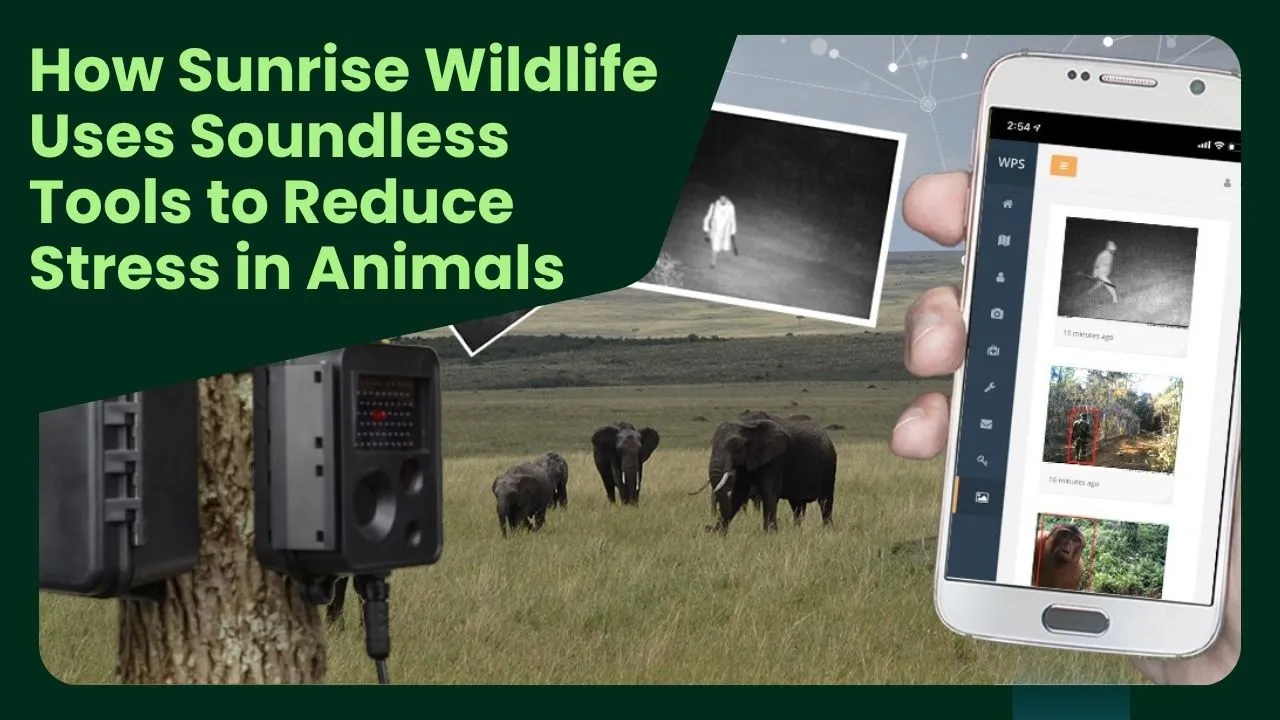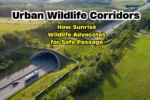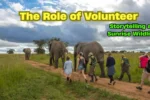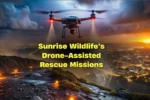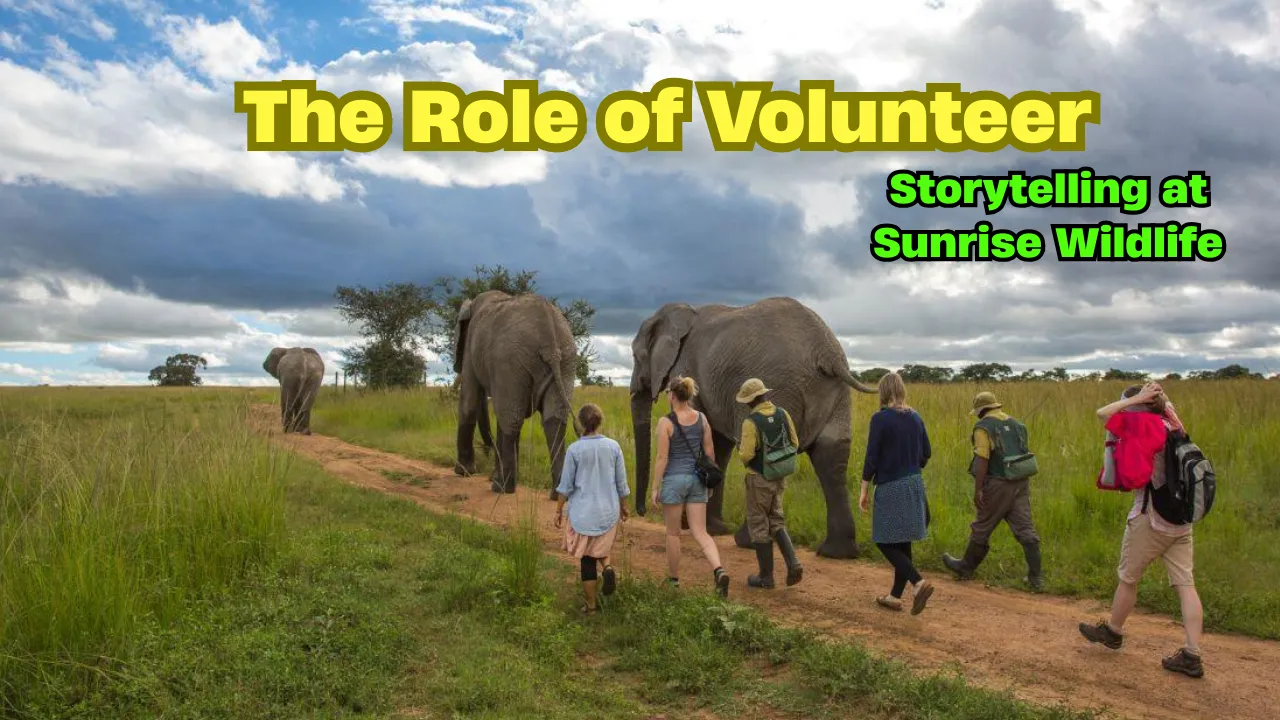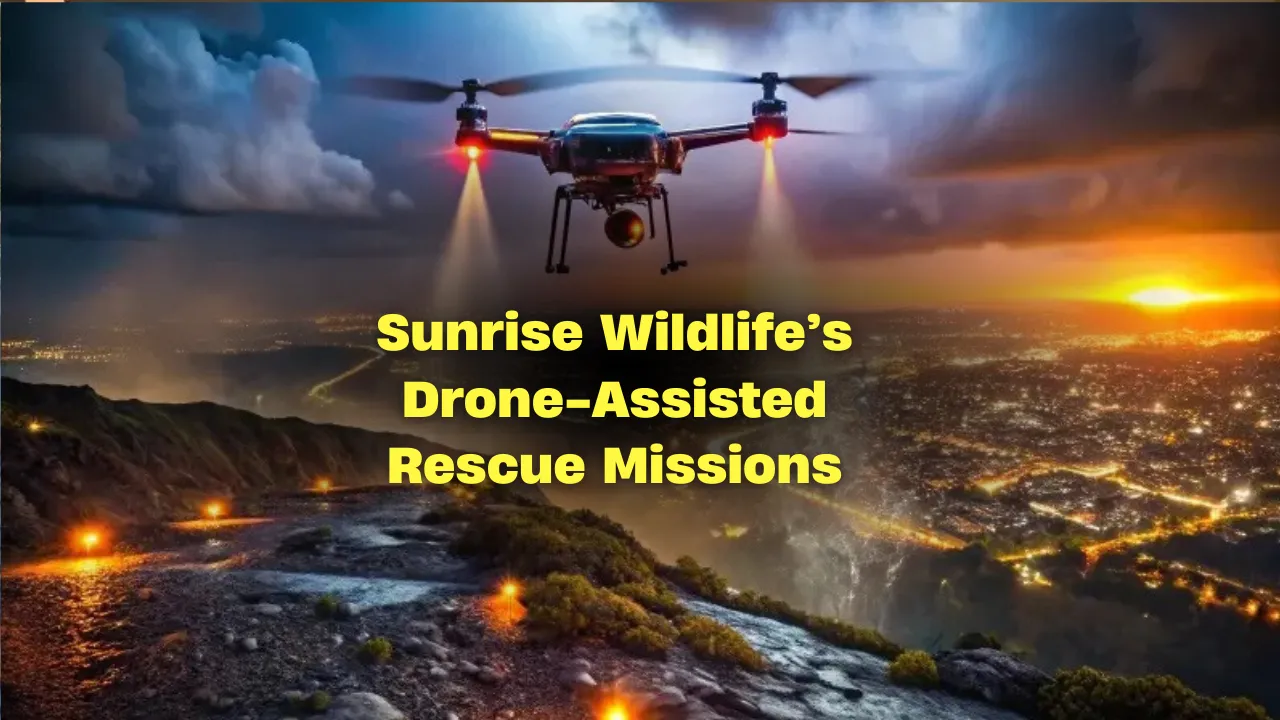Soundless tools: Soundless tools are shaping a quiet revolution in how animals experience care at rehabilitation centers. In places where fear and anxiety can delay healing, eliminating noise is proving to be more than a comfort—it’s a crucial part of treatment.
This article explores how Sunrise Wildlife integrates soundless tools into their daily operations to support animal recovery. We’ll look at how these silent technologies lower animal stress, improve care efficiency, and promote safer environments for both animals and caregivers. You’ll get a comprehensive look at what these tools are, how they work, and why they matter more than ever in modern wildlife rescue efforts.
How Sunrise Wildlife Uses Soundless Tools to Create Calm Environments
At the core of Sunrise Wildlife’s success lies their deliberate use of soundless tools—technologies and devices designed to reduce or eliminate noise during animal care. Unlike traditional tools, these silent alternatives help maintain peaceful surroundings, a critical factor in reducing animal stress. With many wild animals highly sensitive to sound, even small noises can disrupt treatment, feeding, or transport. Sunrise Wildlife invests in quiet scanners, low-noise grooming tools, and whisper-quiet enclosures that allow staff to work closely with animals without triggering fear. This calm approach supports faster recovery, improves animal cooperation, and aligns with a broader commitment to stress-free environments in wildlife rehabilitation.
| Overview of Key Concepts | Details |
| Main Focus | Using quiet, non-invasive tools to reduce stress in wildlife care |
| Organization | Sunrise Wildlife |
| Primary Goal | Promote healing and calm through low-noise and silent care tools |
| Tools Used | Silent scanners, soft-lock cages, non-vibrating clippers, whisper-quiet feeders |
| Benefits | Less animal fear, faster recovery, safer handler experience |
How Noise Affects Wildlife Stress
Animals in the wild are naturally alert and easily startled. In rescue or rehab settings, loud equipment, voices, and unfamiliar sounds often cause elevated stress responses. These stress signals can include increased heart rate, pacing, refusal to eat, or aggression. In more severe cases, chronic stress delays healing and increases risk of injury to both animals and handlers.
Sunrise Wildlife recognized early on that reducing noise was not just a comfort—it was a treatment strategy. By using quiet animal care techniques, their team found a measurable decrease in behavioral stress symptoms. Animals were calmer, more accepting of treatment, and less likely to resist routine procedures. The result? A smoother path to release and recovery.
What Are Soundless Tools?
Soundless tools are specialized equipment developed to work efficiently without creating disruptive sounds. These tools are often engineered with sound-absorbing materials, noise-reducing mechanics, and smooth operation systems. They are ideal for sensitive tasks such as examinations, grooming, or enclosure cleaning where quiet interaction is essential.
At Sunrise Wildlife, these tools include low-noise tools like battery-powered silent clippers, soft-close locks for animal cages, and padded carriers that reduce movement sounds. The staff even uses whisper-level communication protocols and soft-soled shoes when working in certain enclosures. Every detail, from the gear to the human presence, is designed to maintain a calming atmosphere for the animals under care.
Benefits of Using Soundless Tools
Adopting soundless tools has brought a wide range of benefits to Sunrise Wildlife, including:
- Reduced Behavioral Stress: Animals are more at ease, reducing risks of self-harm or aggression.
- Improved Healing: Lower cortisol levels allow natural healing processes to take place faster.
- Higher Success Rates: Animals better prepare for reintroduction to their habitats.
- Safer Work Environments: Calm animals mean less danger for handlers and caregivers.
- Better Monitoring: Animals act more naturally in low-noise settings, making observation more accurate.
These benefits aren’t just theoretical—they’re observed outcomes based on field experience, showing that quiet care goes hand-in-hand with effective wildlife treatment.
Technologies Sunrise Wildlife Is Using
Sunrise Wildlife is constantly upgrading their equipment to support quiet animal care. Their current lineup includes:
- Ultrasilent Imaging Equipment: These allow internal checks without the typical hum of traditional scanners, keeping animals still and relaxed.
- Padded, Soundproof Cages: Designed with non-metal hinges and noise-absorbing linings to minimize clanging or vibration.
- Quiet Grooming Tools: Used especially for mammals and birds that are sensitive to vibration and sound during medical checks.
- Silent Feeders: Prevent the noise usually caused by automatic dispensers, reducing feeding-related anxiety.
- Night Vision Surveillance Cameras: Enable staff to observe without disturbing nocturnal animals with sudden light or sound.
Each tool is chosen not just for its functionality, but for its role in lowering stress during animal rescue and rehabilitation.
Top Quiet Tools Used by Sunrise Wildlife
- Silent Diagnostic Devices
These include portable X-rays and ultrasound machines with reduced operational noise, helping animals stay calm during assessments. - Noise-Free Habitat Equipment
From water pumps to ventilation systems, all devices are selected for low decibel output, maintaining peaceful enclosures round the clock.
Why Soundless Tools Matter in Wildlife Care
Unlike domestic animals, wild creatures are not adapted to the noises of human environments. Their sharp hearing and instinctual alertness mean that any unfamiliar sound can be perceived as a threat. In the past, this often led to failed treatments or animals injuring themselves out of fear.
Now, with the use of soundless tools, Sunrise Wildlife has transformed that challenge into a strength. Animals remain in a state closer to their natural calm. This makes all interactions—from feeding to surgery—less invasive and more effective. It’s not about making the tools fancy; it’s about making them kinder.
How Sunrise Wildlife Staff Trains with Quiet Tools
Training is key to the success of using soundless tools. Sunrise Wildlife conducts regular workshops where staff and volunteers learn how to handle animals gently, move silently, and operate equipment with sensitivity.
The training includes sound-awareness drills, soft handling techniques, and roleplays simulating high-stress animal scenarios. Staff are also taught how to recognize early signs of animal stress and respond quickly. This human element of quiet care is just as important as the technology itself.
The Future of Quiet Tech in Animal Care
As the field of animal welfare evolves, more organizations are beginning to adopt quiet tech. The focus is shifting from control to cooperation—letting animals lead the pace of care. Companies are now designing tools specifically for wildlife rehab centers, offering more options for facilities like Sunrise Wildlife.
In the near future, we may see calming technology integrated into transport vehicles, mobile vet units, and even remote-release cages for reintroducing animals back into the wild. The future of wildlife care looks not only more advanced but also more compassionate—and quiet.
FAQs
What are soundless tools in animal care?
They are silent or low-noise equipment used to minimize sound exposure during the handling and treatment of animals.
Why do animals need a quiet environment for healing?
Wild animals are sensitive to unfamiliar sounds. A quiet space lowers their stress levels and supports better healing and adaptation.
Are soundless tools used for all types of animals?
Yes, they are useful for birds, mammals, reptiles, and more—especially species that are highly reactive to sound.
Can regular equipment be modified to become soundless?
In some cases, yes. Padding, insulation, and noise-reducing modifications can help traditional tools operate more quietly.
Is it expensive to switch to soundless tools?
The initial cost can be higher, but the long-term benefits—like reduced injury, faster recovery, and better animal outcomes—often outweigh the expense.
Final Thought
Sunrise Wildlife’s work with soundless tools proves that silence is more than golden—it’s healing. By listening to the needs of the animals they rescue, they’ve developed a method that prioritizes peace, safety, and trust. Their approach offers a model for wildlife centers around the world, showing that quiet technology can lead to powerful, lasting change in animal rehabilitation.
If this approach inspired you, share it with someone who cares about animals or leave a comment with your thoughts. For more stories like this, explore your wildlife compatibility or check out the latest in humane rescue tools.
